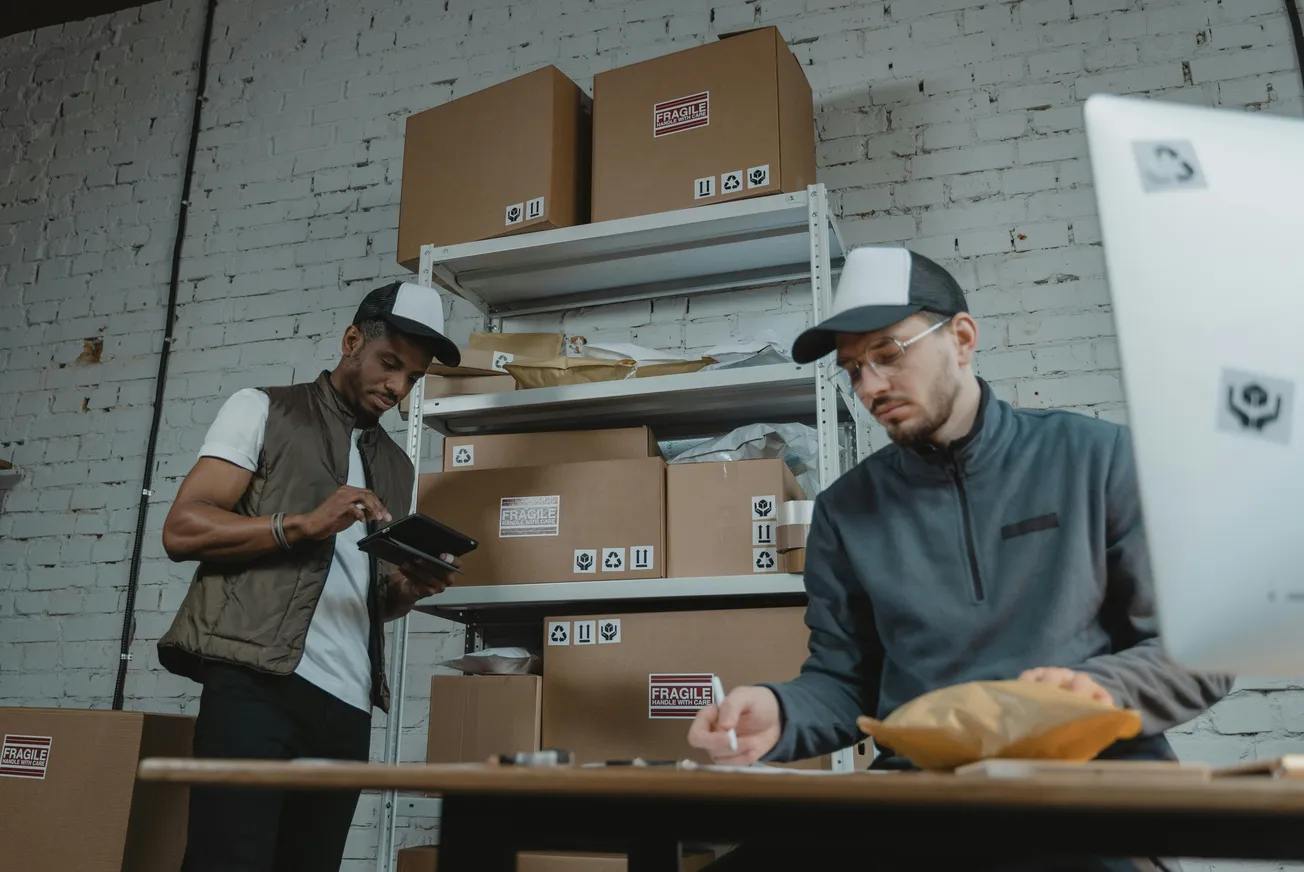Retail logistics networks and vendor ecosystems are undergoing structural realignment to keep pace with a faster, leaner, and more digitally driven industry.
From mega-retailers like Walmart and Amazon to fast-growing DTC brands, there is rising pressure on suppliers, 3PLs, and service providers to deliver on speed, transparency, and flexibility.
Key dynamics shaping today’s logistics/vendor landscape include:
- Shorter lead times and localized inventory positioning to support same-day and next-day delivery.
- API integration and real-time data sharing between vendors and retailers for better demand forecasting and replenishment.
- Performance-based partnerships, where vendor selection is increasingly tied to responsiveness, innovation, and sustainability compliance.
Retailers are also reshaping how they work with suppliers. Instead of long-term, fixed orders, many now prefer agile agreements with room to pivot quickly. That requires vendors to build modular operations, enhance their digital literacy, and invest in multi-channel planning.
In Bentonville and other supply chain hubs, this shift is especially salient. Retailers are creating vendor tech accelerators, AI test beds, and fulfillment innovation labs to co-develop solutions with suppliers.
Logistics is no longer just about moving goods—it’s about enabling end-to-end commerce that’s fast, flexible, and insight-driven. The winners in this ecosystem will be those who treat digital integration as a shared responsibility—not just a request from the retailer.






